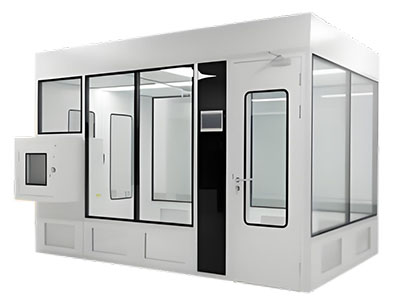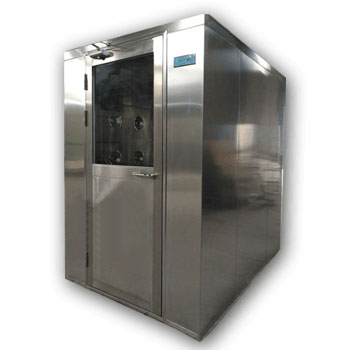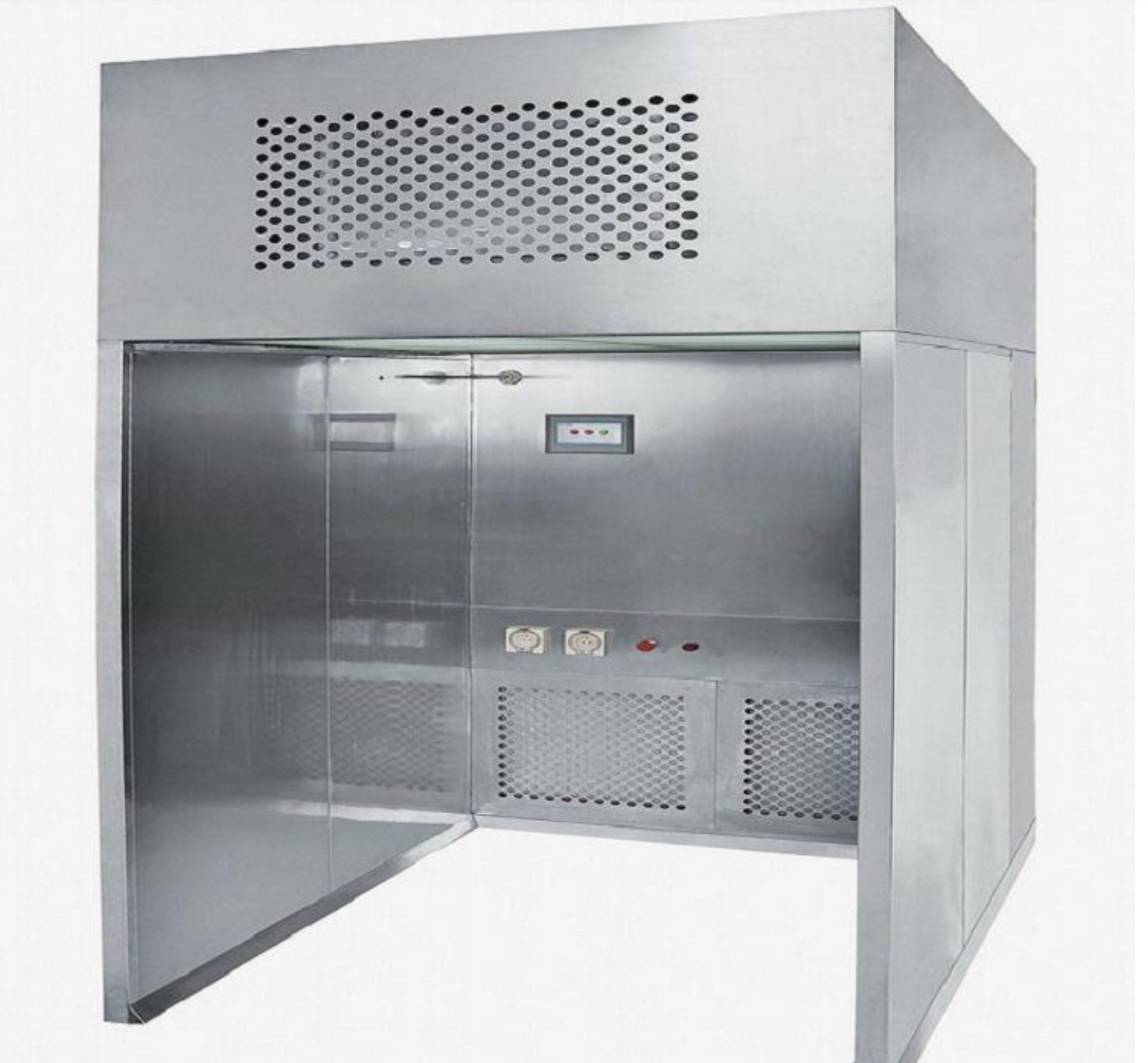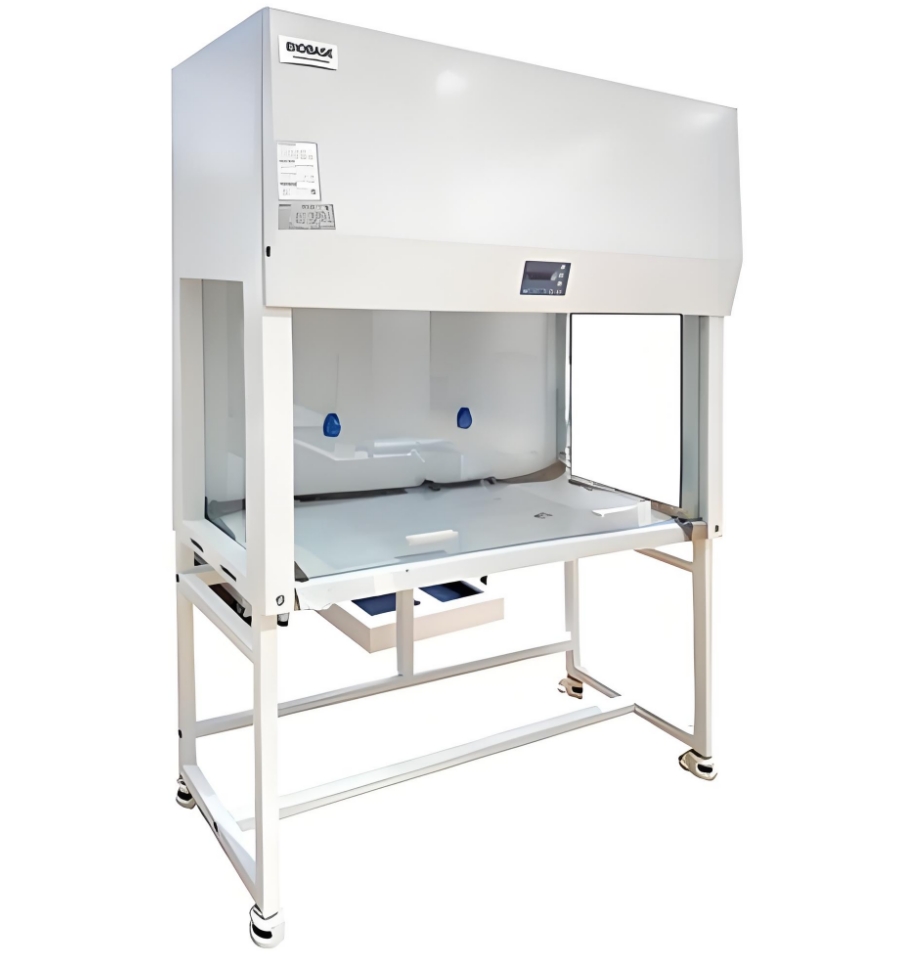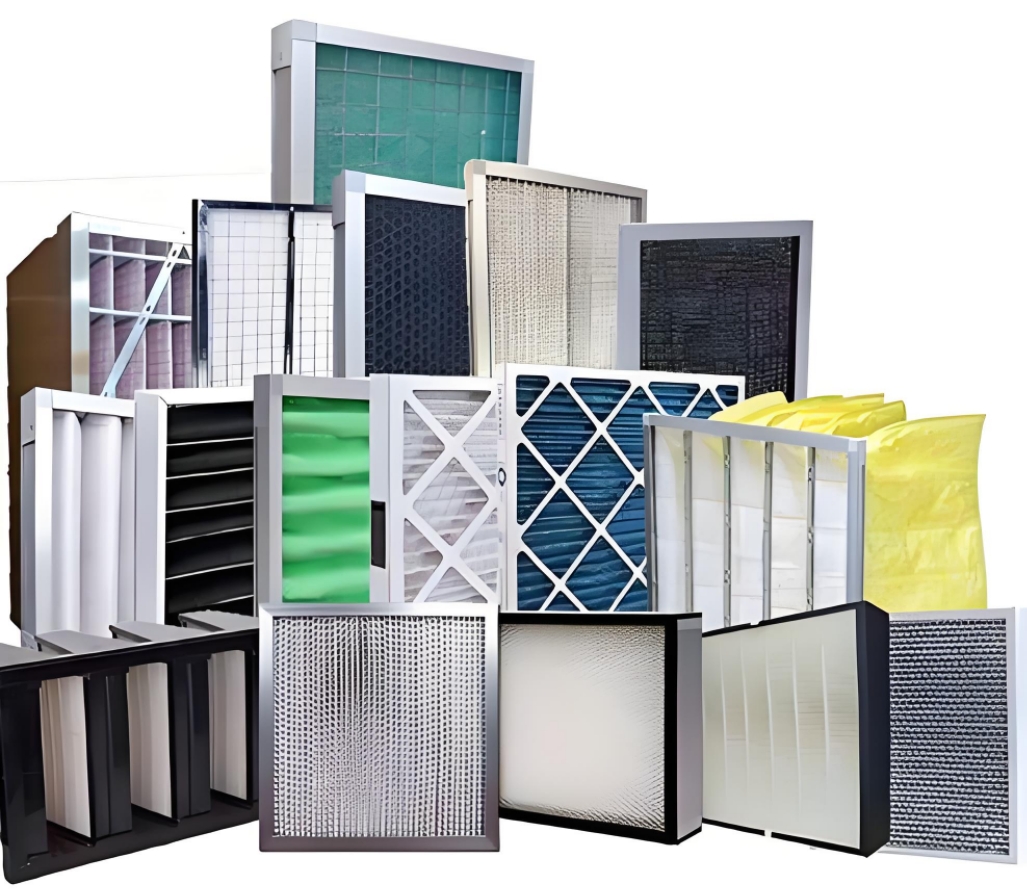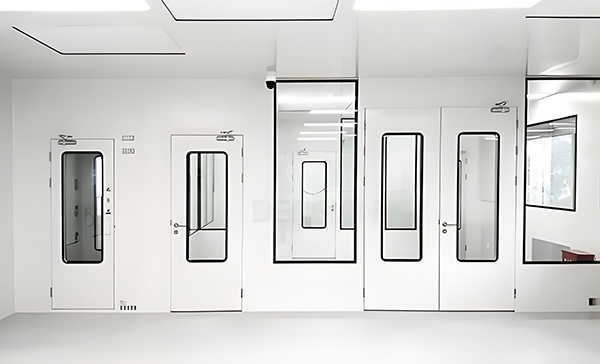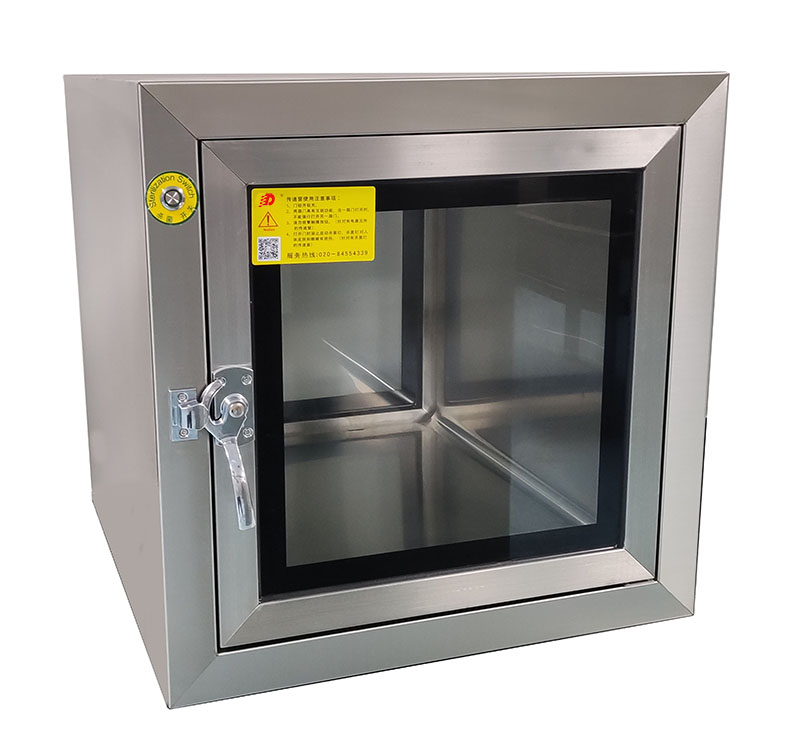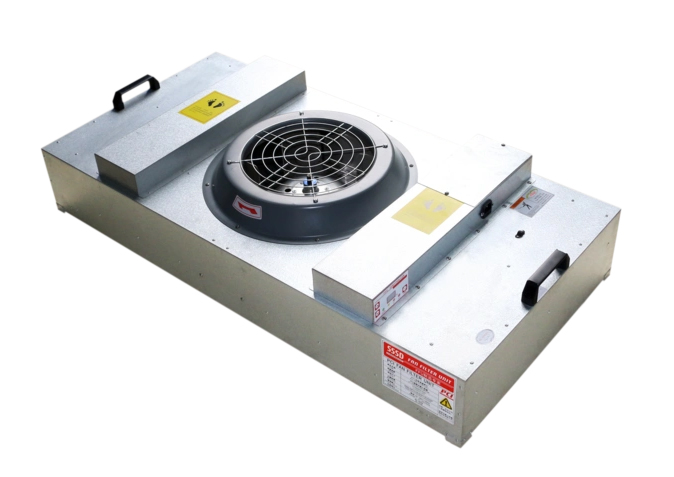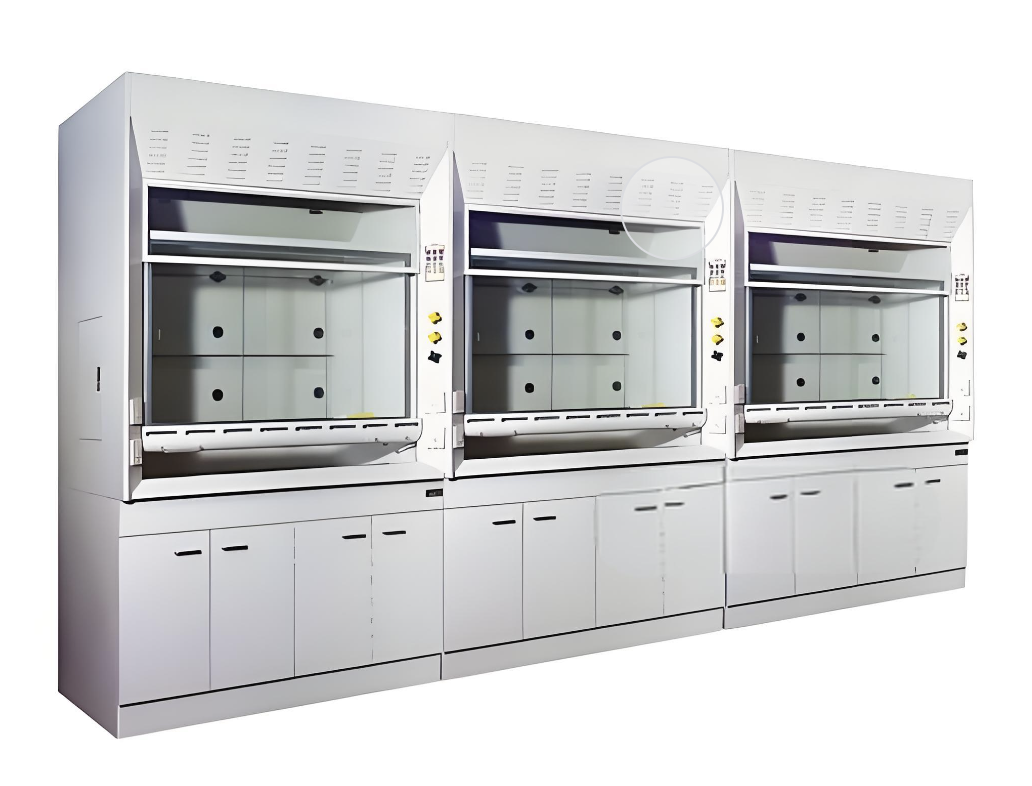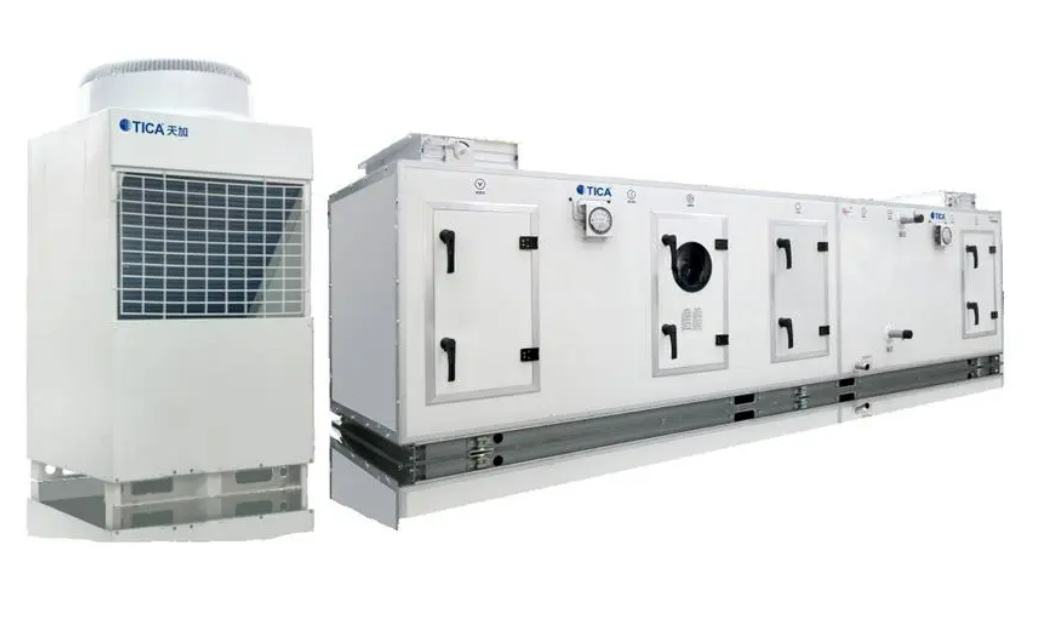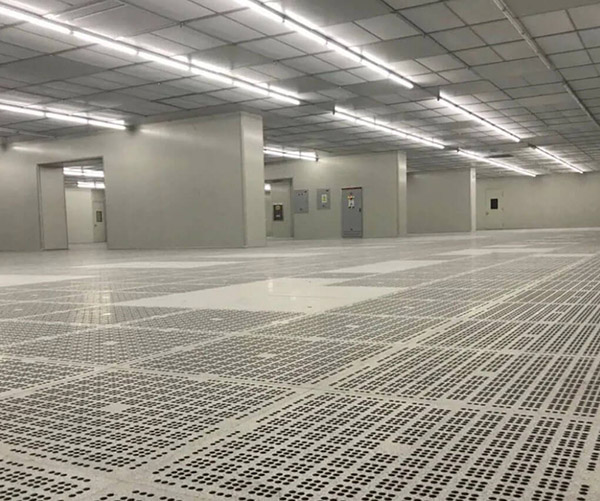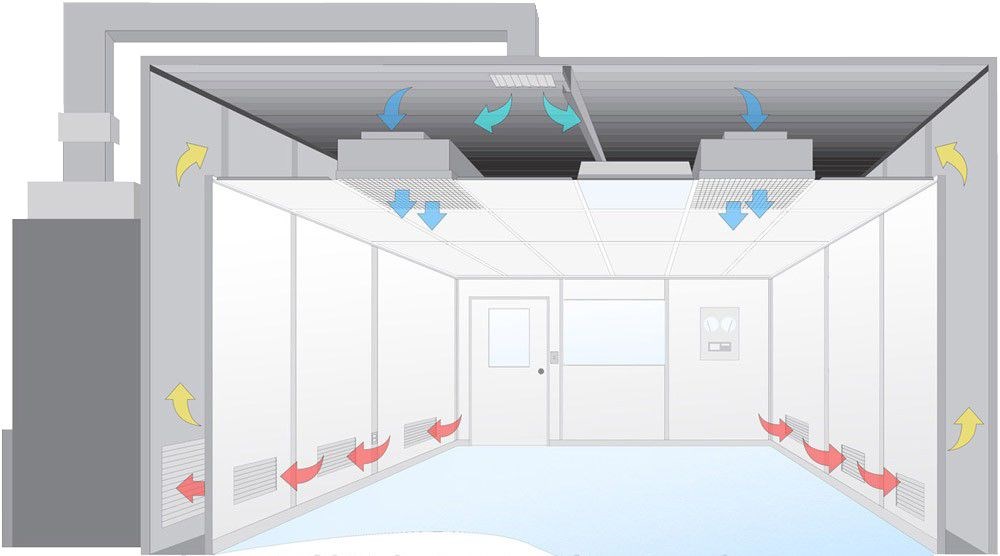Sterile room airborne Bacteria Test
Standard Operating Procedure
Purpose
Establish standard operating procedures for the test of airborne bacteria in sterile rooms and standardize the detection of airborne bacteria in sterile rooms.
Scope
Applicable to the test and environmental verification of airborne bacteria in sterile rooms (including clean workbenches).
Responsibilities
OAQC personnel shall comply with the implementation.
Contents
1. Reference Standard
GB/T 16293-2010
2. Test Method
This test method is a counting concentration method, which collects biological particles floating in the air and places them in a special culture medium for a period of time under suitable growth conditions to allow them to grow to visible colonies for counting.
3. Test Instruments and Equipment
4. Test State and Timing
Unidirectional Flow Sterile Rooms
Static Test: Start after system operation for ≥10 min
Dynamic Test: Start after operators evacuate and self-clean for 10 min
Non-Unidirectional Flow Sterile Rooms
Static Test: Start after system operation for ≥30 min
Dynamic Test: Start after operators evacuate and self-clean for 20 min
5. Sampling Points Determination
| Area (m²) | A Level | B Level (Static) | B Level (Dynamic) & C Level | D Level |
|---|---|---|---|---|
| <10 | 2-3 | 2-3 | 2 | 2 |
| ≥10-<20 | 4 | 4 | 2 | 2 |
| ≥20-<40 | 8 | 8 | 2 | 2 |
| ≥40-<100 | 16 | 16 | 4 | 2 |
Minimum Sampling Volume
6. Test Preparation
- Clean sampler surface with 75% alcohol before entering tested area
- Use disposable culture dishes in A/B grade areas
- Prepare culture dishes aseptically in clean workbench
- Disinfect culture dishes with environment in A/B grade areas
7. test record Requirements
8. Result Evaluation
Acceptable Results
Average concentration must be lower than evaluation standard limit
Unacceptable Results
Resample twice if static test exceeds standard. Both must be qualified.
Contact production department for disinfection and retest until qualified
9. Daily monitoring
Establish correction and warning limits according to "Clean area environmental monitoring management Regulations". Perform regular testing to monitor microbial load, disinfectant effectiveness, and conduct trend analysis.
10. Precautions
- Allow residual disinfectant to evaporate for ≥5 minutes before testing
- Position sampler correctly relative to airflow direction
- Wear appropriate sterile clothing for the area
- Avoid return air outlets when placing sampling points
- Perform control tests for each batch of culture medium
- Inspect culture dishes before sampling
- Calibrate constant temperature incubator regularly
Quality Assurance in Sterile Environments
This comprehensive procedure ensures accurate monitoring of airborne bacteria in sterile rooms and clean workbenches, maintaining the highest standards of environmental control for critical manufacturing processes.
 +86 18186671616
+86 18186671616 Jason@cleanroomequips.com
Jason@cleanroomequips.com
 MENU
MENU

